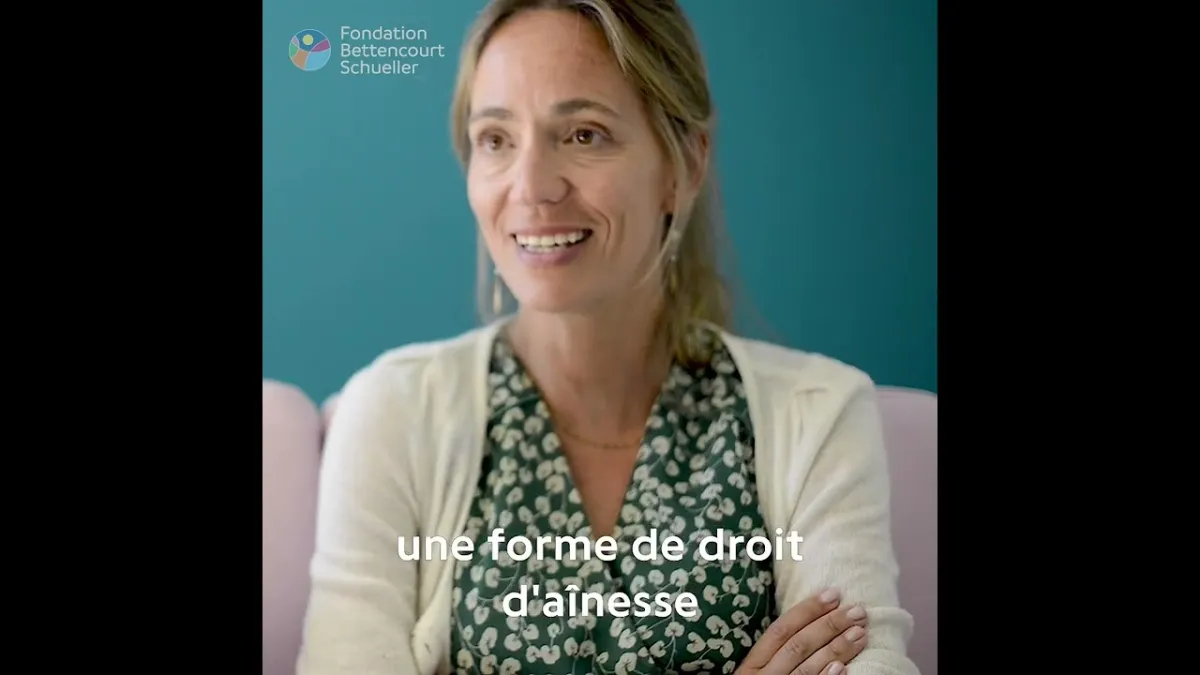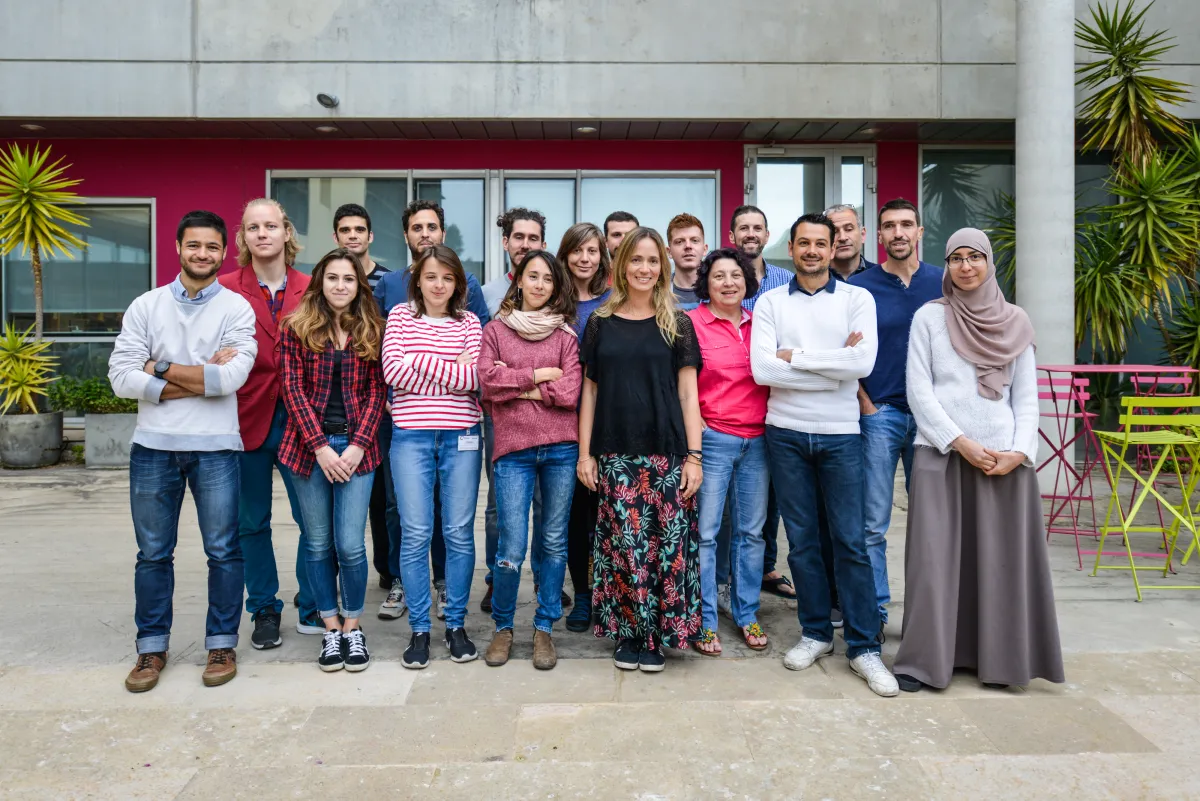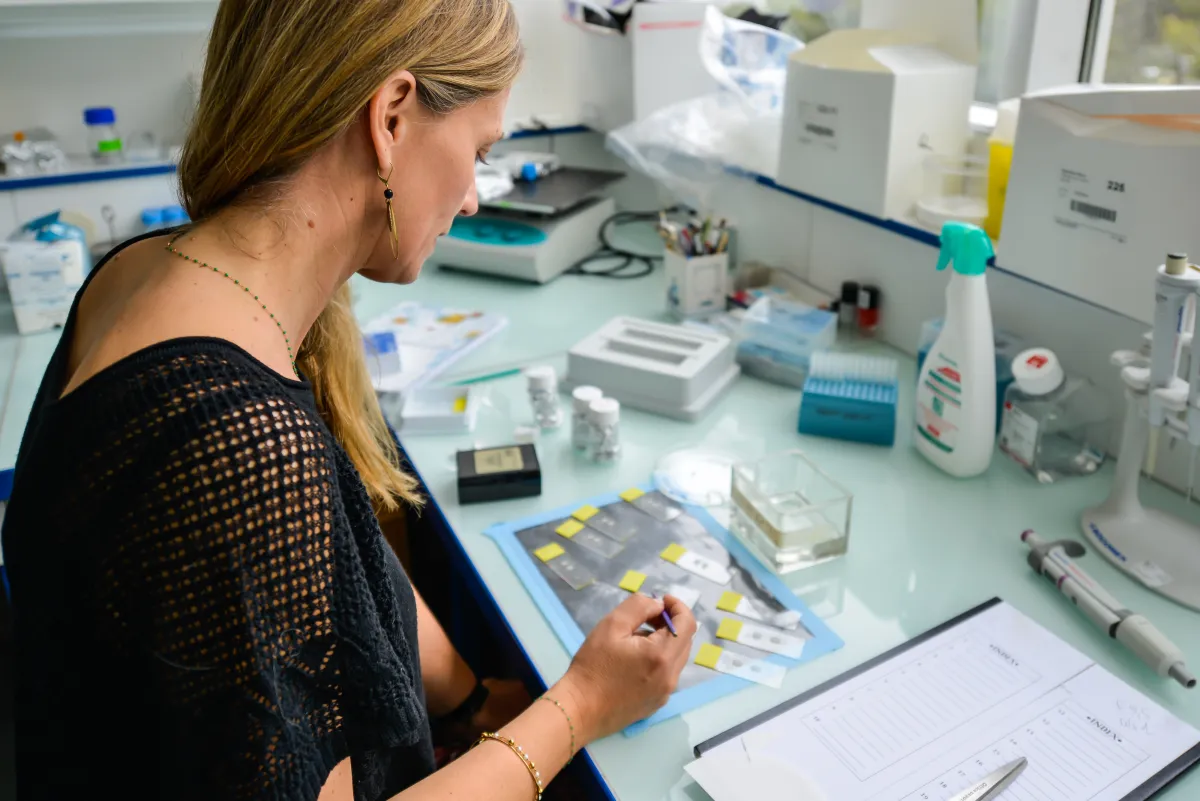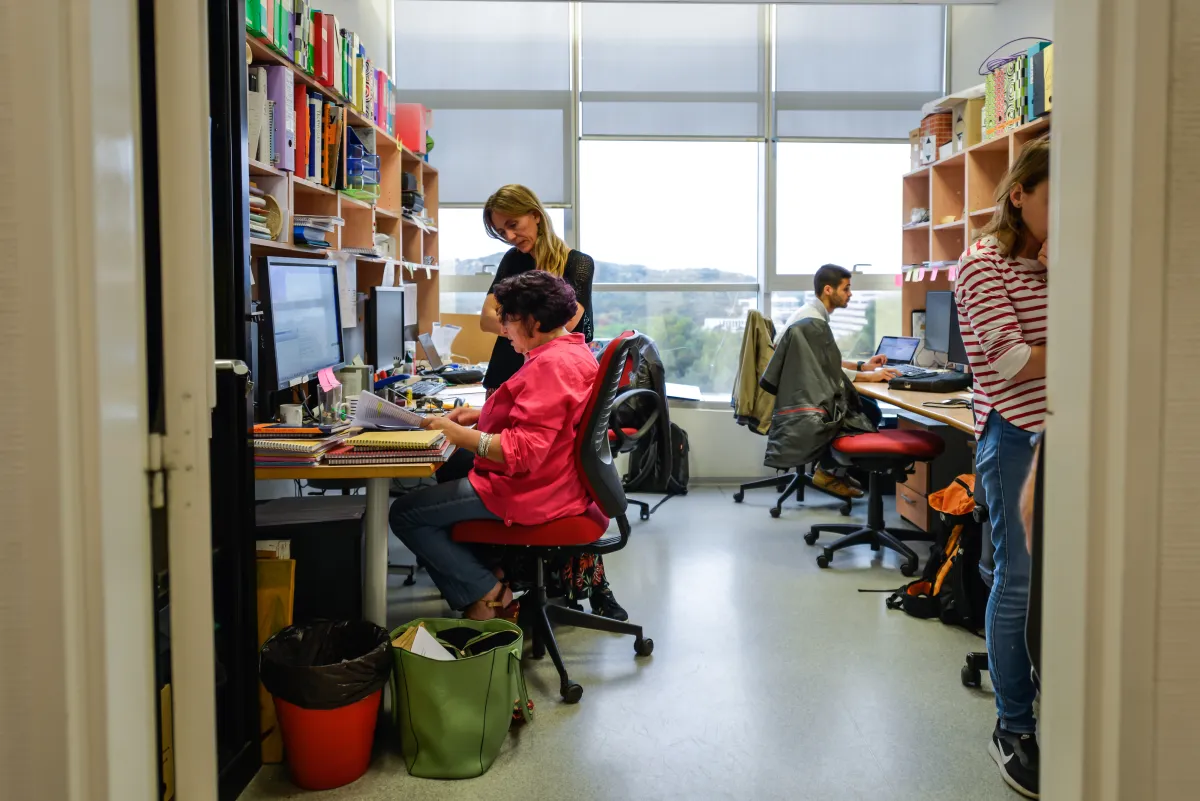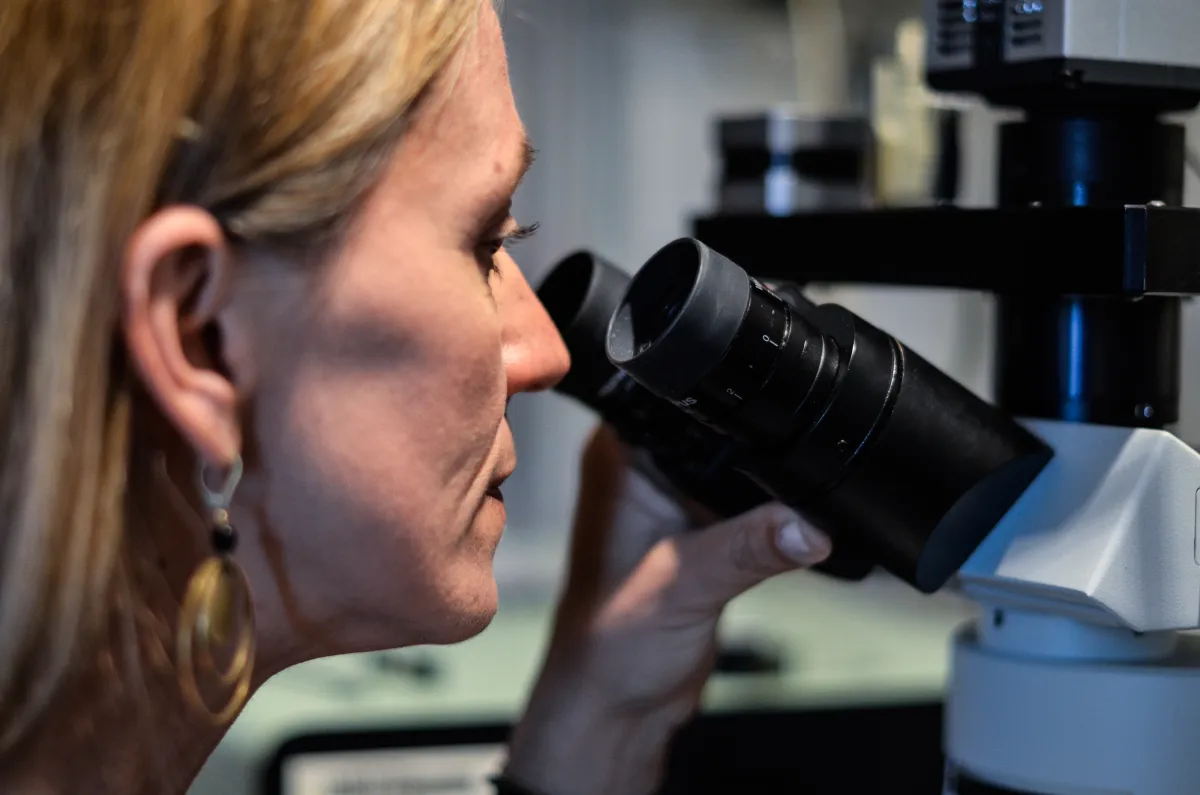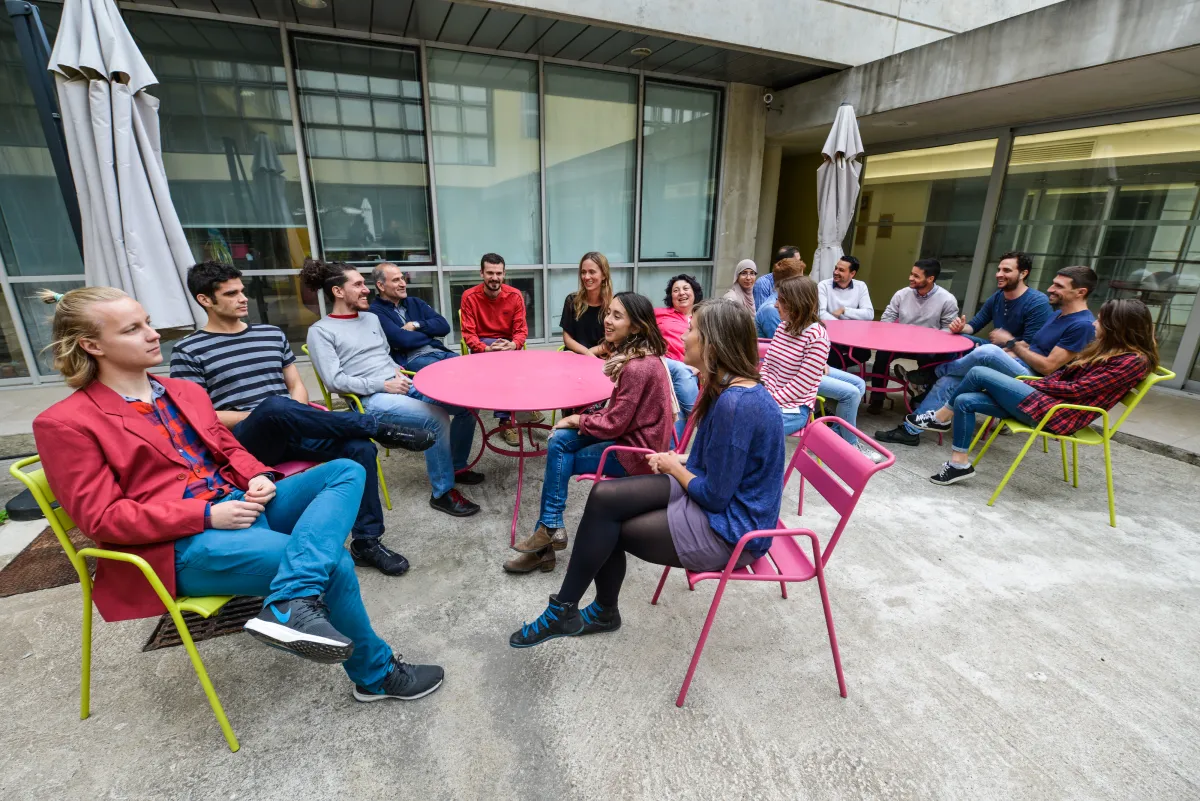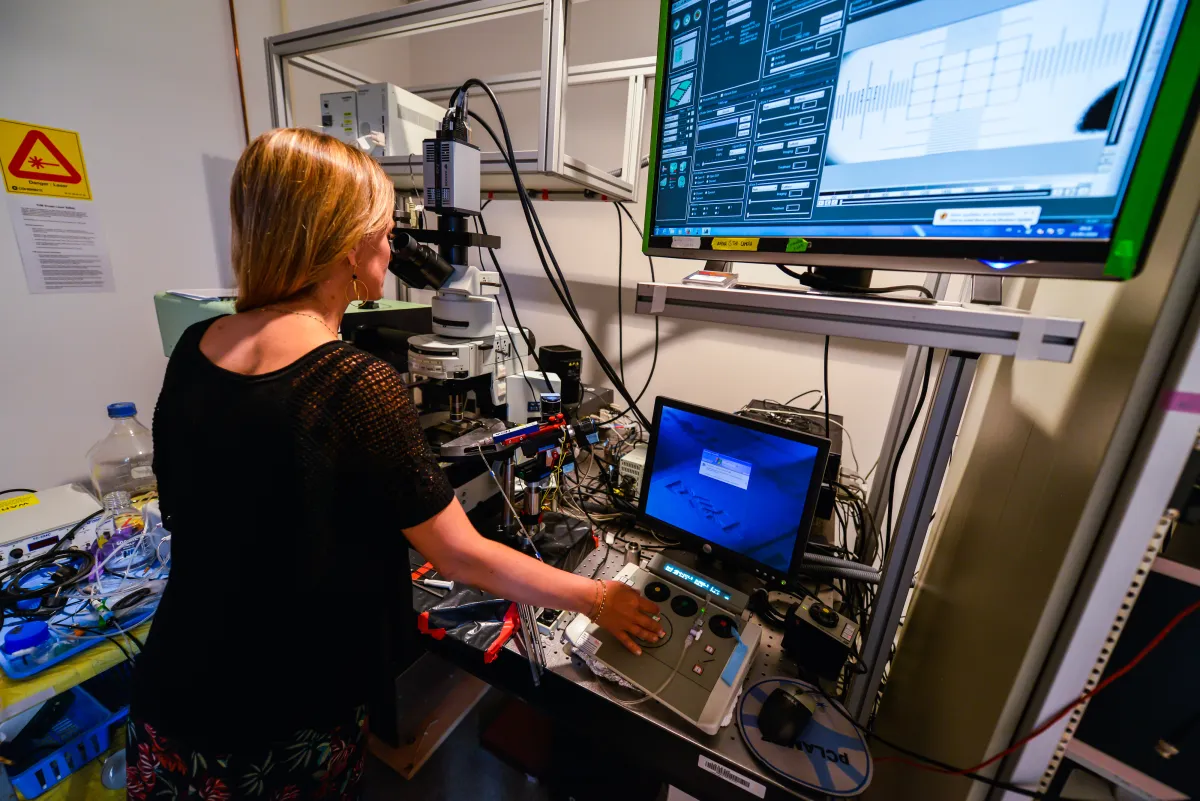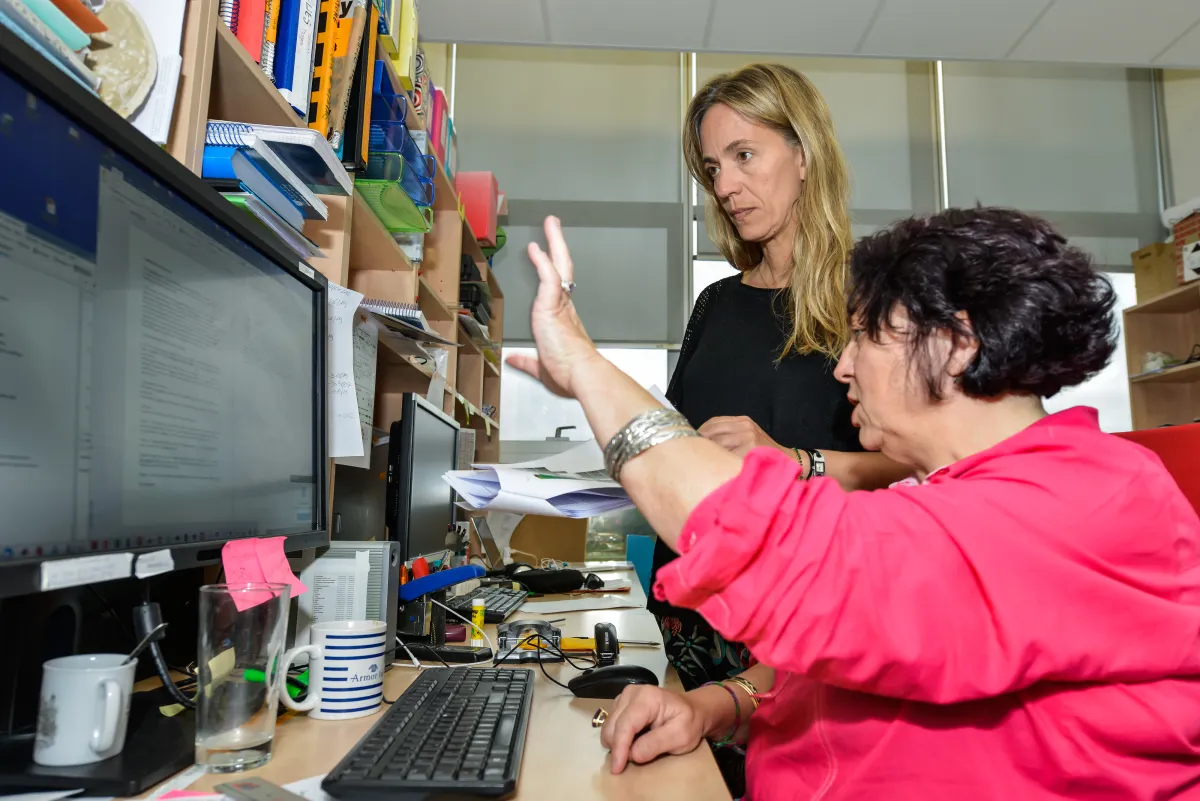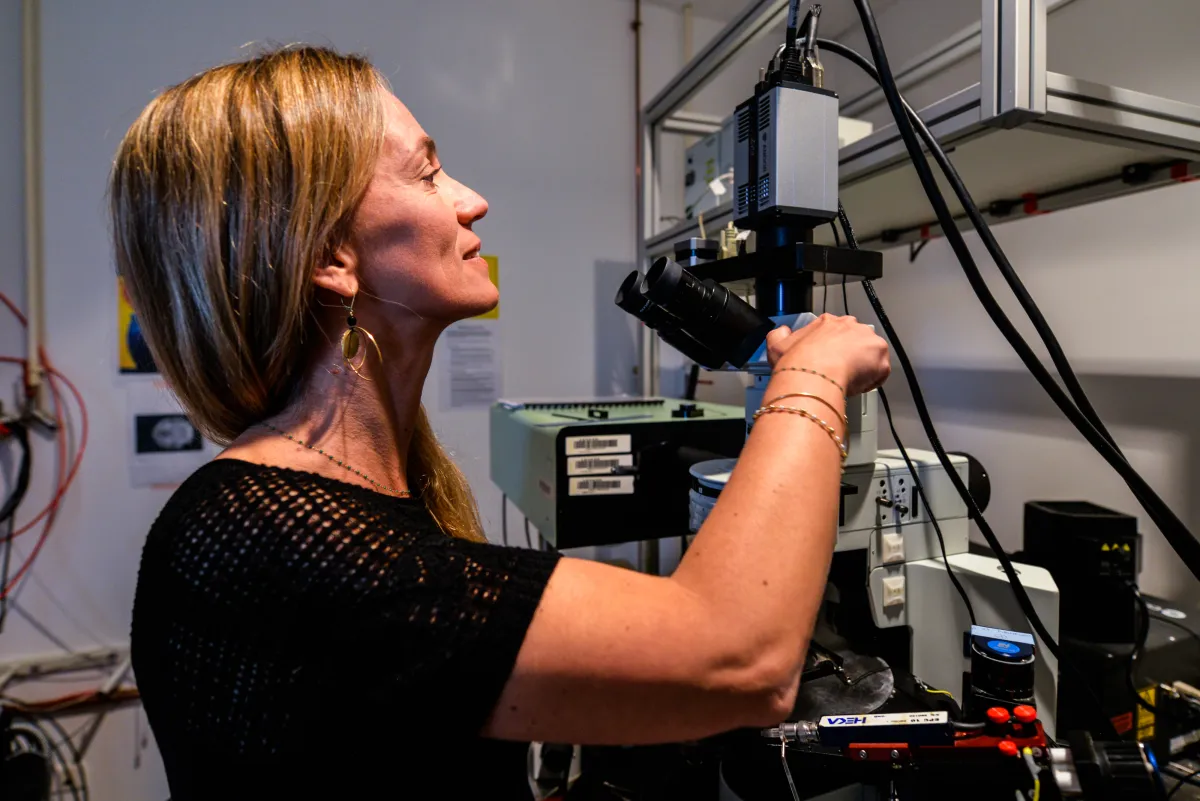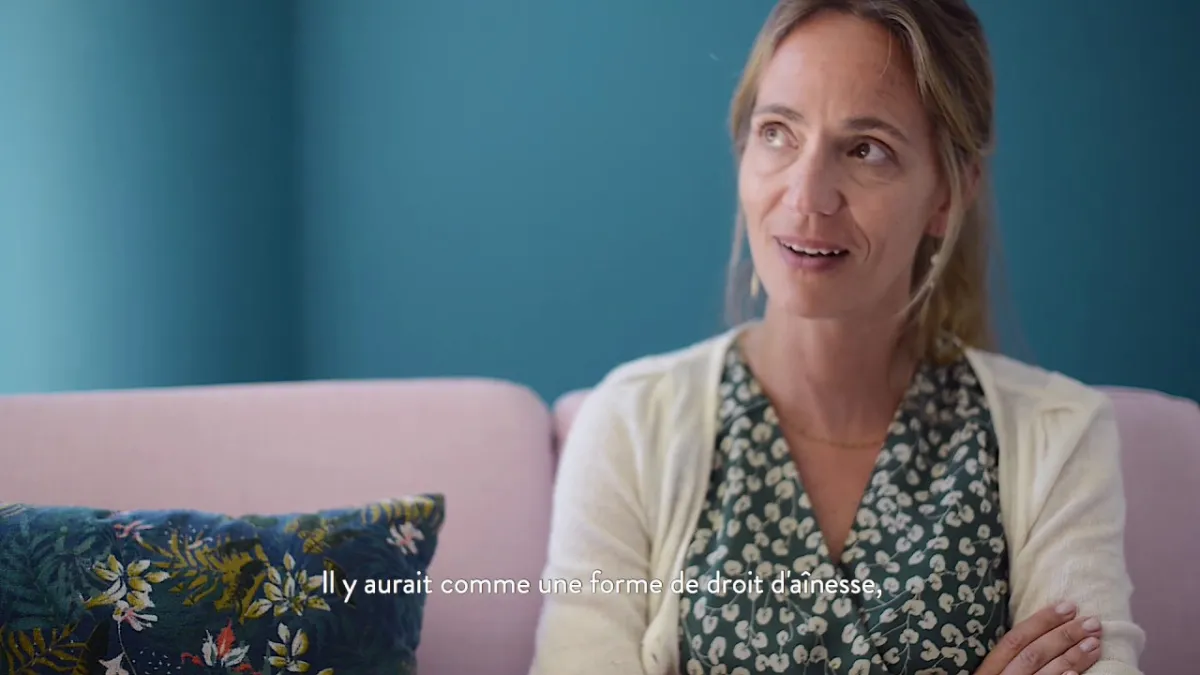Rosa Cossart Studying neuronal circuits to reveal the multiple functions of the hippocampus
Rosa Cossart, Director of Research at the CNRS, Head of the "Developmental imprint on the adult hippocampus" team at the Institut de Neurobiologie de la Méditerranée in Marseille. Link to INMED
- 2008 • Bettencourt Prize Coups d'Élan pour la recherche française
- 2019 • Liliane Bettencourt Prize for Life Sciences
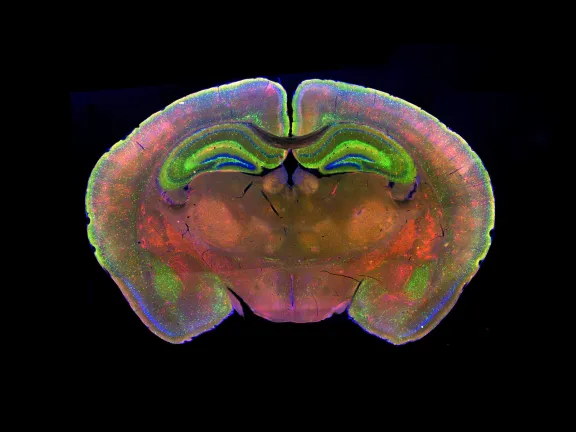
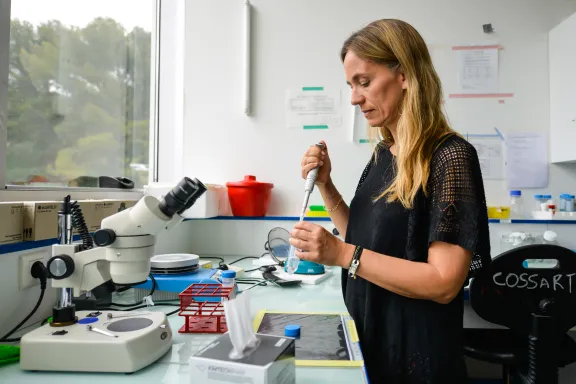

To understand the role of the hippocampus, Rosa Cossart is taking a novel interdisciplinary approach, combining neuronal imaging, electrophysiology, virtual reality and mathematics. Her in vivo observations of the brain promise to unravel the riddles of many cognitive functions.
Neuronal synchronisation: our brain's orchestra conductor
Our brain is made up of almost 86 billion neurons interconnected by between 1,000 and 10,000 synapses per neuron. How do the electrochemical activities of this extremely complex network harmonise to give us a coherent perception of the world?
Neuronal synchronisation is one of the hypotheses currently favoured by the scientific community. Synchronous oscillations in the activity of a group of neurons play a vital role in the functional organisation of neuronal networks.
The major discoveries made by Rosa Cossart and her team have made it possible to elucidate the mechanisms of this neuronal synchronisation within the hippocampus, a structure dedicated to memory and a veritable cognitive GPS.
Ultra-connected inhibitory neurons
By studying the development of the hippocampus in vivo, Rosa Cossart has been able to demonstrate the role of GABA-releasing neurons in synchronising neuronal activity. As the main inhibitory neurotransmitter, GABA slows or prevents the transmission of a nerve impulse.
She discovered that these inhibitory neurons form networks that are strongly connected by numerous synapses. Surprisingly, disrupting the activity of just one of these neurons prevents the synchronisation of the activity of hundreds of others.
Spectacular in vivo neuronal imaging techniques
Thanks to the Coups d'élan prize awarded by the Fondation Bettencourt Schueller in 2008, Rosa Cossart has set up a laboratory dedicated to the functional exploration of neuronal networks in awake animals.
A pioneer in the use of two-photon calcium imaging in neuroscience, she has been able to observe neuronal activity in the hippocampus in vivo with cellular resolution and on timescales ranging from a few days to several weeks. She has thus discovered the spontaneous organisation of hippocampal activity and mapped neuronal dynamics during an epileptic seizure.
Funding from the Liliane Bettencourt Prize for Life Sciences will enable the acquisition of the cutting-edge equipment needed for these innovative neuronal imaging techniques.
Rosa Cossart in a few words
A graduate engineer from the École Centrale de Paris, Rosa Cossart went on to obtain a Master's degree in biophysics, specialising in neuroscience. In 2001, she completed a thesis on the neuronal physiology of the hippocampus and discovered the role of inhibitory neurons in epilepsy.
Her post-doctorate at Columbia University in New York enabled her to train in the use of an innovative brain imaging technique: biphotonic calcium imaging.
Thanks to her multidisciplinary expertise, she was recruited by the CNRS, then went on to lead a research team at the Institut de Neurobiologie de la Méditerranée (Inmed) in Marseille, where she became director in January 2018.
Her work on the coordination of the activity of neurons organised in networks is essential for understanding our cognitive functions, particularly memory. It is also at the heart of research into nervous system pathologies such as epilepsy, Alzheimer's disease, schizophrenia and autism.
The excellence of his research work has earned him the Chevalier de l'Ordre du Mérite medal (2015) and the Inserm Research Prize (2016).
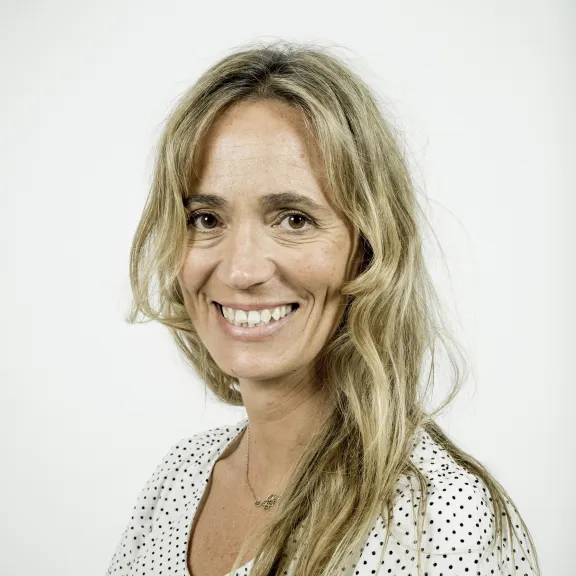
Neuilly-sur-Seine, le 29 juin 2022
©Frédéric STUCIN ©Fondation Bettencourt Schueller
-
2001 Post-doctorate in Professor Yuste's laboratory, Columbia University, New York (USA)
-
2003 CNRS researcher, group leader at INMED, Marseille
-
2009 Starting Grant, European Research Council
-
2010 Director of research at INMED, Marseille
-
2014 Consolidator Grant, European Research Council
-
2015 Chevalier de l’Ordre National du Mérite
-
2018 Head of INMED
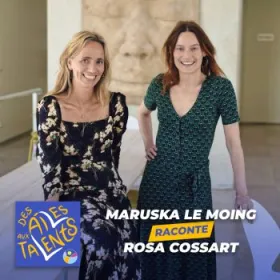 Listen to the podcast
Listen to the podcast
Maruska Le Moing raconte Rosa Cossart
Bettencourt Prize Coups d'Élan pour la recherche française
The Bettencourt Prize Coups d'Élan pour la recherche française was created by the Foundation in 2000. It has rewarded 78 French laboratories and more than 900 researchers have benefited from this prize. Until 2021, this prize was awarded each year to four research teams, from Inserm and the CNRS Institute of Biological Sciences. The amount of the prize endowment was 250,000 euros per laboratory.
All the award-winnersLiliane Bettencourt Prize for Life Sciences
The Liliane Bettencourt Prize for Life Sciences rewards each year a researcher under the age of 45 for the excellence of their work and their remarkable contribution to their field of scientific research. This prize is awarded, depending on the year, to a researcher based in France or working in another European country. Thirty winners have been awarded since 1997. From 2023, prize rewards the laureate up to 100,000 euros.
All the award-winners